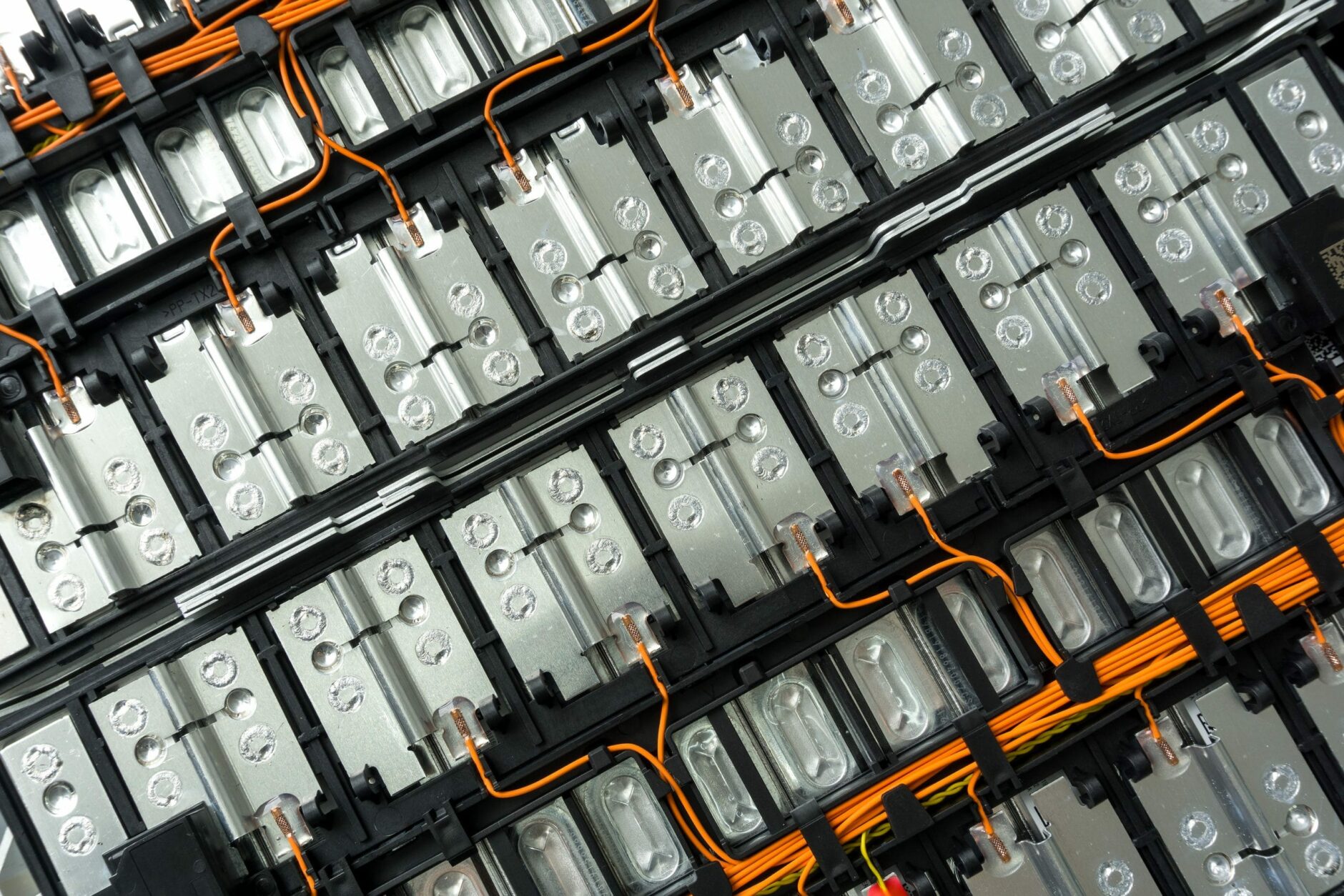
As more industries and applications turn to battery technology in order to create sustainable energy solutions, ongoing research and development into making them safer is vital.
A significant risk to safety which is present particularly in high energy density batteries is thermal runaway. Thermal runaway can cause an unstoppable reaction that leads to incredibly high temperatures and fire which can be difficult if not impossible to extinguish by conventional methods.
So, the ongoing challenge and question is – can thermal runaway be prevented?
What is thermal runaway?
Thermal runaway is an unstoppable reaction that occurs within milliseconds when the internal temperature of a battery cell reaches a high enough point to ignite the electrolyte (the medium that provides the ion transport between the cathode and the anode). This ignition causes the cathode to break down and the cathode to release oxides. Fuel from the electrolyte plus oxygen from the cathode creates an exothermic reaction, leading to fire – which in turn generates its own oxygen: making it almost impossible to extinguish once it’s begun.
There are a few reasons why the initial temperature increase and subsequent ignition of the electrolyte may occur:
- Internal short circuit – caused by mechanical or other impact
- External short circuit – caused by deformation of the battery cell
- Overcharging the battery
- Excessive currents when charging or discharging
As they are incredibly high in energy density, this reaction is a significant risk in lithium-ion batteries – which power everything from laptops to electric vehicles and battery storage plants.
This means that thermal runaway in a lithium-ion battery is a very safe real risk and the only way to combat it is to either to slow down the reaction, providing more time for a response and for passengers or operators to reach safety, or in fact, prevent the process from happening completely.
So, can it be prevented?
Can the thermal runaway reaction be prevented?
As we have covered both in the previous section and previous blogs, thermal runaway is a reaction that happens within milliseconds, creating temperatures upwards of 400°C and causing a fire that can be near impossible to extinguish by conventional means. The risk begins at around 60°C and becomes critical at 100°C, so once the process has begun, the margins are incredibly tight, particularly considering the speed at which the temperature can increase and the chain reaction can begin.
For that reason, it is challenging to prevent, and it is not possible to eliminate the risk entirely.
The only hope we have of attempting to prevent thermal runaway is to reduce the risk of it happening at all – but there is still a risk. Taking into consideration some of the potential causes outlined above, one of the key ways to minimise the risk of thermal runaway is to ensure the mechanical and thermal stability of the battery. This includes taking into consideration how the battery can deteriorate and change across its useful life.
Ensuring mechanical and thermal stability
One way to manage mechanical and thermal stability in a battery cell or pack, particularly over time, is using compression pads.
Compression pads work by applying mechanical pressure to a battery pack whilst maintaining thermal and electrical connections, allowing for some tolerance and expansion in the pack which can occur over time when the battery is being charged, discharged, or is exposed to external factors such as extreme temperatures.
Elmelin’s Compression Pad Plus solution is an optimal compression pad solution designed for a range of battery storage solutions. Utilising mica and biosoluble paper rather than the more commonly used polyurethane foam, Compression Pad Plus offers superior dielectric strength and thermal resistance as well as being non-hazardous.
If you’d like to find out more, get in touch.
